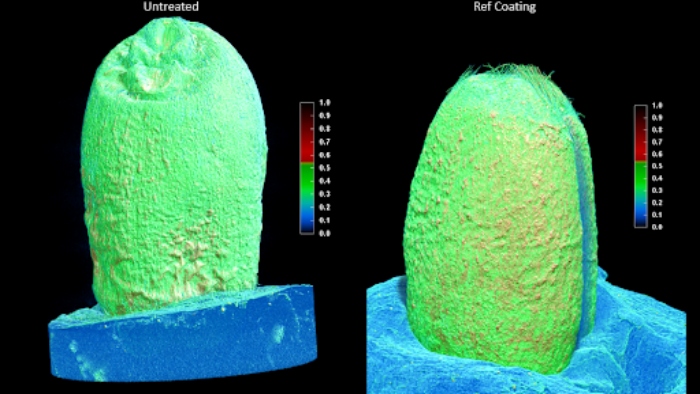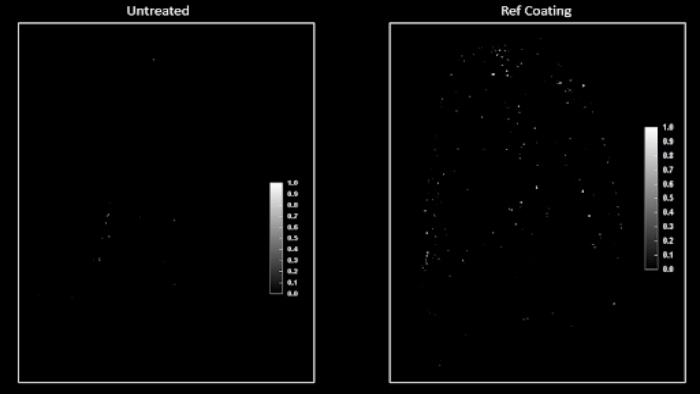Zinc deficiency takes a huge toll on farmers, impacting plant growth and ultimately crop yield. Using micro-computed tomography, researchers at Sheffield Multimodal Imaging Centre (SMIC) have examined the effectiveness of commercial seed film coatings. The study is providing insights that could improve product performance and give crops a much-needed zinc boost.
The importance of zinc
Of all nutrient deficiencies, zinc is the most detrimental for agricultural plants1. It’s a key nutrient in the enzymatic processes for cell development and directly impacts plant growth.
To aid crop yield, seeds can be coated with chemical solutions prior to sowing. These coatings provide a variety of benefits to seedlings by delivering essential micronutrients like zinc.
To improve the effectiveness of these commercial products, suppliers need to know how their coatings are distributed across seeds. But at the microscopic scale, it’s difficult to see things clearly.
Testing the coatings
Research at SMIC analysed how micro-computed tomography (µ-CT) can be used to image the surface of a wheat seed and detect zinc oxide (ZnO) distribution and particle size.
To mirror the conditions of commercial products, wheat seeds were treated with a solution containing ZnO solution and stored for 12 months before scanning.
The seeds were mounted in dental putty and analysed using the SkyScan 1272 (Bruker, MA, USA) with no filter and a spot size of 5.19 µm. Untreated control seeds were then compared to ZnO-coated ‘Reference’ treated samples.
The resulting 3D images of untreated and Reference coated seeds were pseudo-coloured for density. This provided a clear picture of how the seed coatings were distributed, as shown below.



